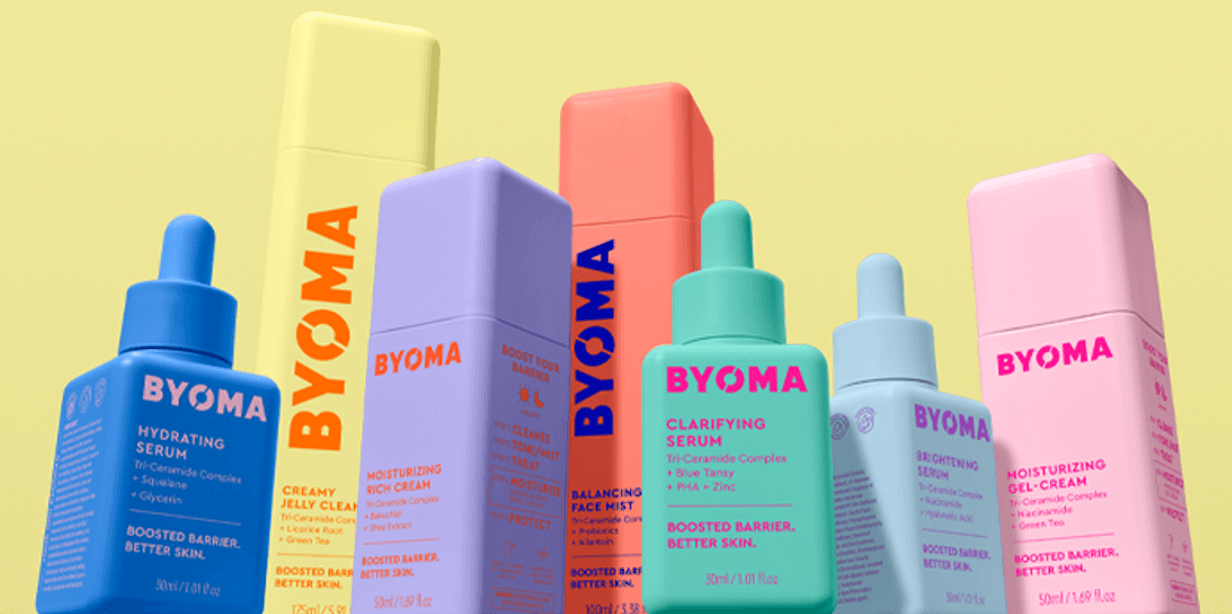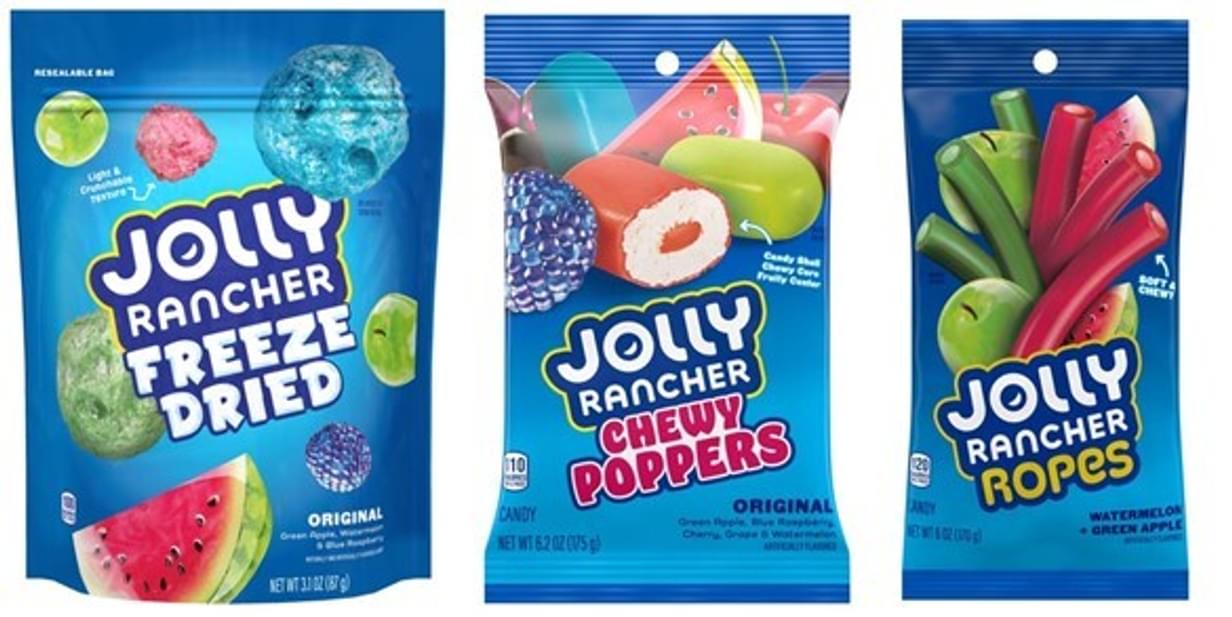Why CPG Must Get More ‘Touchy Feely’ – and Fast
CPG brands need to reignite the senses. In a screen-fatigued world, sensorial experiences are becoming the new measure of consumer connection.
We live in a paradox. Humans have never been more connected - digitally, that is. We Zoom, swipe, like, and binge-scroll our way through more than six and a half hours of screen time each day. And yet, the fabric that holds humanity together is fraying. Rates of loneliness continue to climb. Political and cultural divisions deepen. And many of the very platforms designed to connect us leave us feeling exhausted, flattened, and strangely apart.
The consumer-packaged goods (CPG) industry cannot pretend it’s immune to these cultural undercurrents. In fact, it is entangled in them. For decades, the dominant story in CPG has been about speed and frictionless convenience - products designed to be delivered faster, opened easier, consumed quicker. But what if that narrative is increasingly out of step with what people really crave?
Because here’s the emerging truth: consumers don’t just want things that save them time. They want things that make them feel.
A Sensorial Reset
MMR’s recent investigations into the alcohol sector speculate that its survival may depend upon its ability to bring people together. In a world where disconnection has the greatest momentum, the industry’s future hinges on emotive and sensorially immersive liquid experiences that make us feel human again.
This is not unique to alcohol. Across categories, the real competitive advantage lies in a sensorial reset. As the extract from WGSN’s innovation forecast 2028 highlights, in a wired world, the biggest disruptors may not be the digital shortcuts, but the things that reconnect us back to what we can see, smell, hear, taste, and touch.
“In 2028, reawakening the senses will be an essential business strategy, and tangibility will be a new marker of value. Sensorial hunger will be a powerful driver in a tech-dominated world, and smart brands will fill this gap to stand out.”
WGSN Big Ideas 2028 Report
The data bears this out. 86% of US Gen Z and Millennials say touching and feeling products is essential to their purchase decisions (Harris Poll for Quad). Highly sensorial product experiences are no longer a nice-to-have. In response, beauty newcomers like BYOMA are enticing consumers to play with their packaging via smooth, rounded packs and tactile textures.
Craft, once a romantic aesthetic, is fast becoming a guarantee of human effort and quality. Artisanal touches are becoming proof points: evidence consumers can feel, trust, and validate. The products that will command loyalty and premium positioning are those that help us get back into our bodies, whether through tactile packaging, immersive formats, or sensorial self-care.

The Cost of Frictionless
This begs the question: has the pursuit of ‘frictionless’ gone too far?
The word has become shorthand for good UX, but in human terms, friction isn’t always bad. Friction is the spark in a conversation. The resistance of cork against glass. The feel of dough beneath your hands. Without it, experiences risk becoming flat, hollow, forgettable.
“The brands that matter most in the next decade won’t just be the fastest or easiest - they’ll be the most felt.”
Andrew Wardlaw, Chief Ideas Officer, MMR.
Innovation That Awakens the Senses
Some innovators already see this shift coming, and they’re proving the power of sensorial strategy:
Guinness Nitrosurge (Alcohol) – Guinness has long owned the ritual of the perfect pour, but with Nitrosurge - a device and can system that recreates pub-quality draught at home - the brand doubles down on sensory theatre. The hiss, the surge, the cascading bubbles: this isn’t just beer, it’s a multi-sensory performance that turns drinking into connection.
Fenty Beauty Gloss Bomb Heat (Beauty/CPG) – Beyond color, Fenty’s lip gloss delivers a warming, tingling sensation that consumers describe as ‘addictive.’ It’s not just a cosmetic; it’s a haptic experience that makes wearing it unforgettable. Texture and sensation are now as differentiating as shade range.
Hershey’s Jolly Rancher Freeze Dried (Confectionery) – Hershey has reimagined a classic with a bold textural twist. By freeze-drying Jolly Ranchers, the brand transforms the familiar hard candy into something light, crunchy, and unexpectedly airy. The process doesn’t just intensify flavor—it creates an entirely new mouthfeel, surprising the senses and turning a nostalgic treat into a multi-sensory experience.
These are not fringe experiments—they’re signals. A manifesto in action.

A Manifesto for CMOs
If your brand isn’t turning the volume up on sensorial sensations, then you’re likely to see more consumers drift towards private label, which is many cases is more than a match in terms of ‘user experience.’
CMOs must now ask themselves:
How can we design packaging that begs to be touched, opened, and kept?
How can we turn consumption into a ritual, not just a transaction?
How can we prove quality not just in words, but in sensorial proof points that consumers can see, hear, taste, and trust?
How can we make products that people feel together, and not just consume alone?
How do we ensure that our product experiences are the ones chosen by creators and influencers for potential viral appeal?
The Human Advantage
Technology will keep pushing us toward abstraction, speed, and surface-level connection. That’s inevitable. But CPG brands have something Big Tech doesn’t: the ability to deliver real, embodied, human experience.
That’s the advantage. That’s the opportunity. That’s the manifesto.
Now is the time for CPG brands to reawaken the senses, and rebuild emotional connection through touch, texture, and taste. Get in touch to learn how MMR’s sensory research can help you design products that people truly feel.